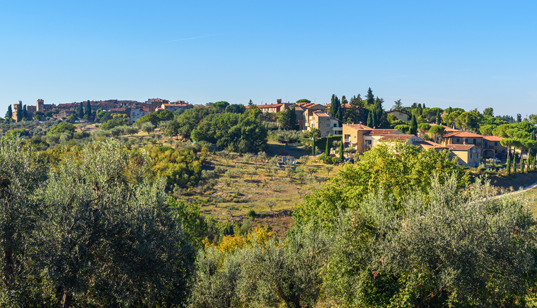
Villages
28 August 2023San Donato in Poggio, where florins were once exchanged for emotions
A tiny ancient world that teaches the art of harmony.

The fine restaurants and the most fascinating villages in Italy,
featured in a magazine dedicated to Italian excellence.
The villages you can visit to discover the most charming corners of Italy. Immerse yourself in our tales, between history, art and traditions.

Villages
28 August 2023A tiny ancient world that teaches the art of harmony.
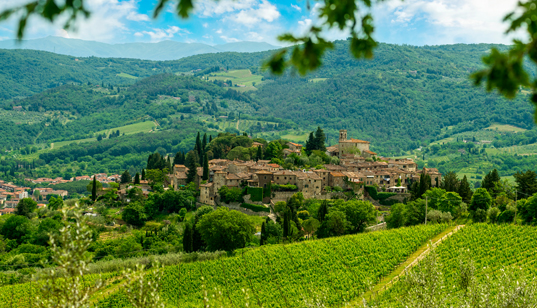
Villages
07 June 2023The charm of a place where everything tells its story.
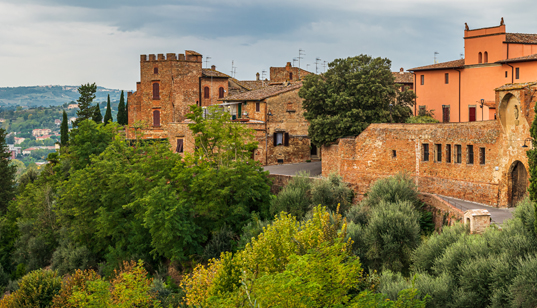
Villages
06 June 2023A medieval gem immersed in natural beauty.
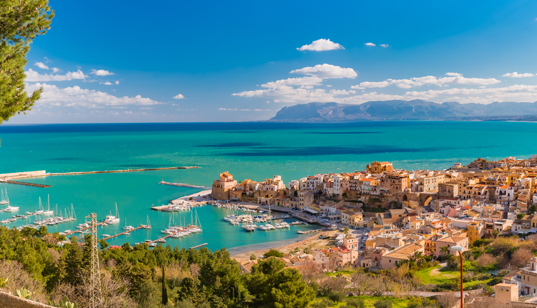
Villages
16 May 2022The many faces of a town that merges with the sea
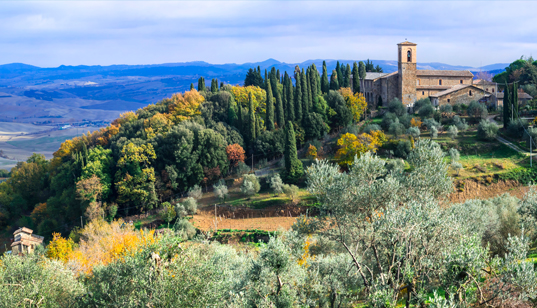
Villages
29 July 2021The place where the legend is created by history
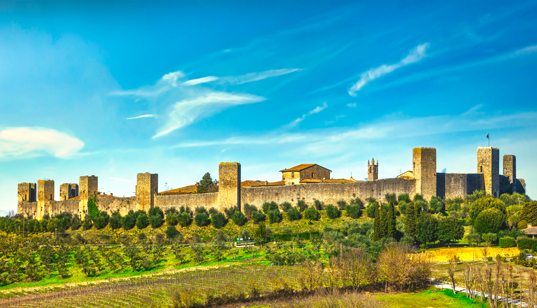
Villages
30 June 2021The impenetrable beauty of the past
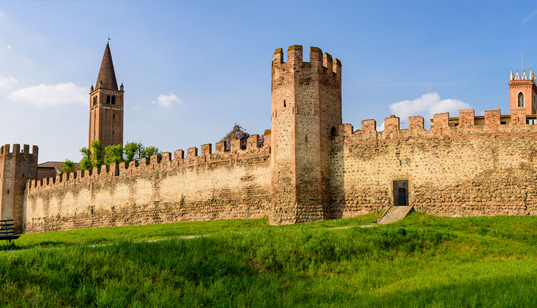
Villages
23 June 2021A treasure trove of culture and beauty
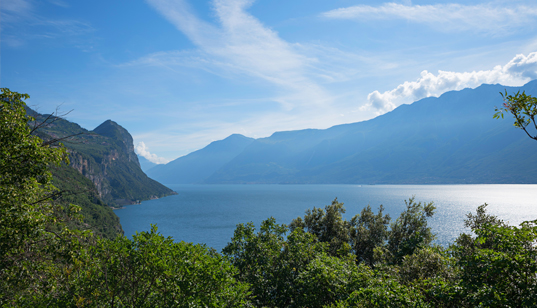
Villages
28 April 2021Where nature has chosen its colours
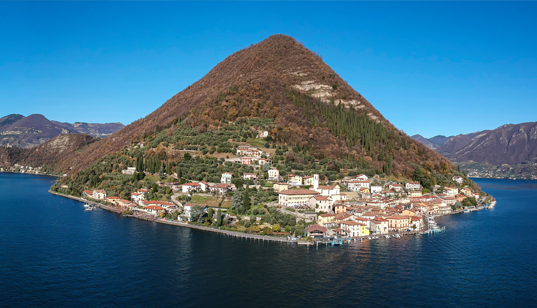
Villages
26 March 2021A village tuned to the rhythm of life
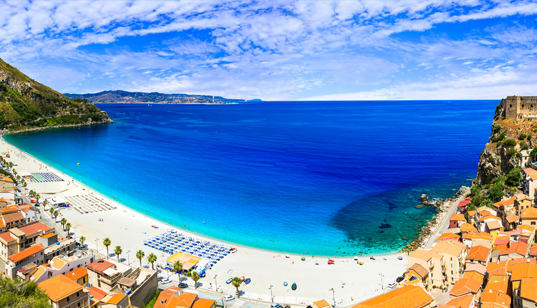
Villages
01 February 2021Where Calabria turns its gaze towards Sicily
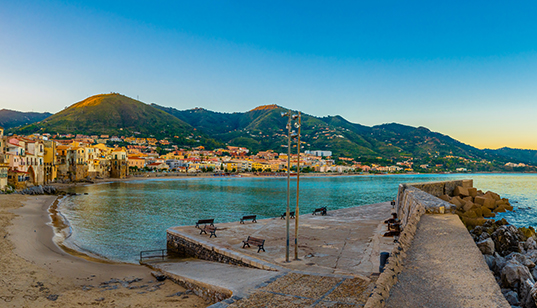
Villages
09 December 2020Reflections of pure elegance on a turquoise sea
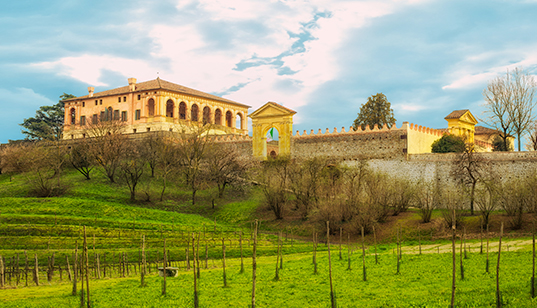
Villages
10 November 2020Where nature encapsulates history
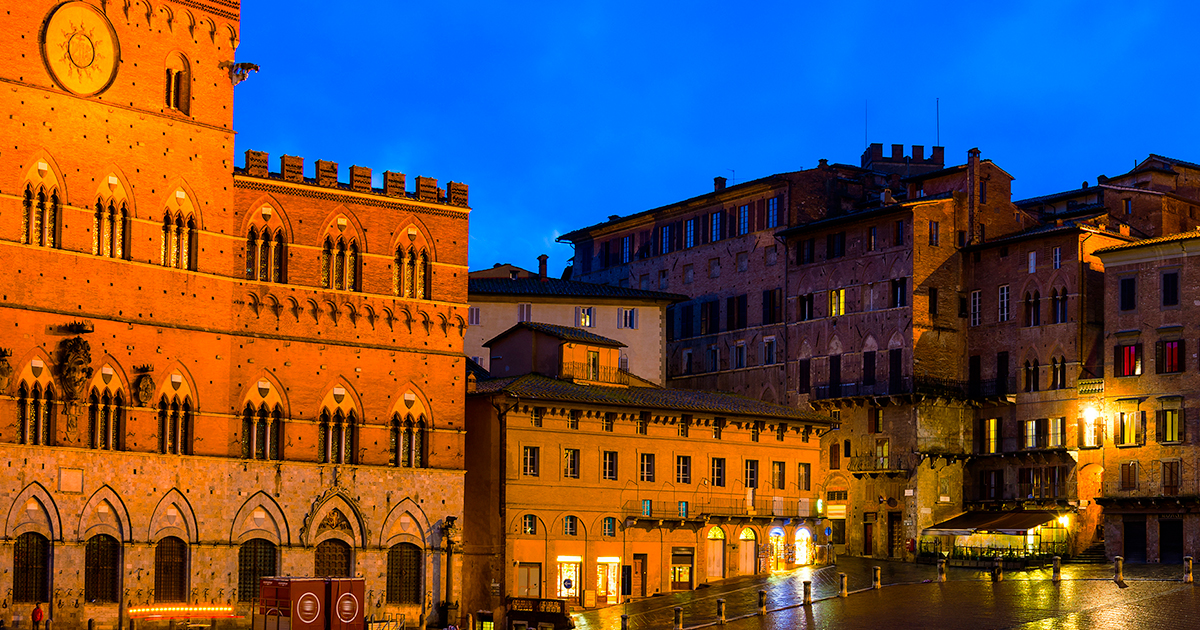
Villages
14 October 2020The elegance of a timeless place.
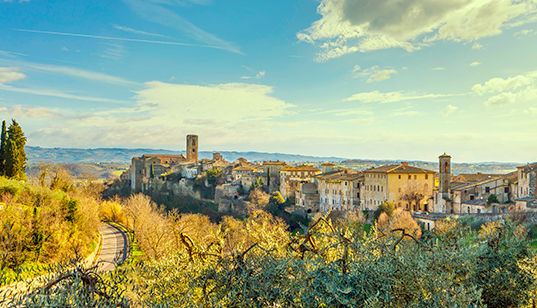
Villages
29 September 2020A pearl of history set amongst the rolling Chianti hills
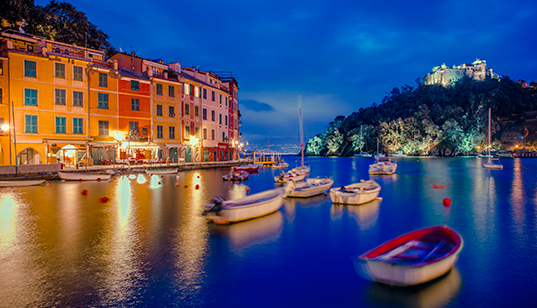
Villages
02 August 2020The place where you can find balance, as well as love
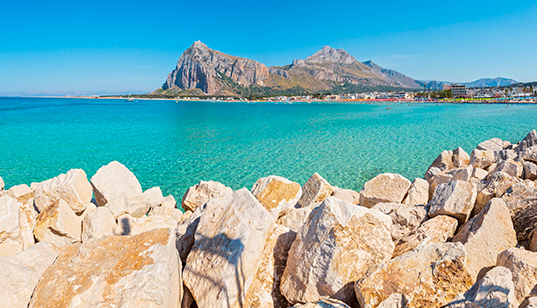
Villages
26 July 2020Where tradition, colours and flavours take on infinite nuances of blue
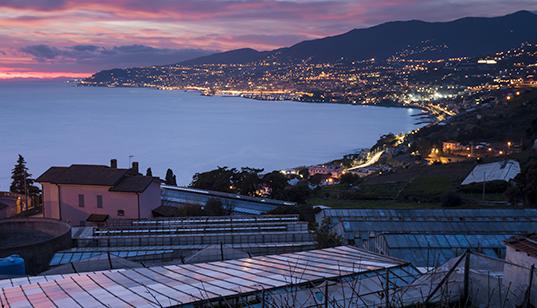
Villages
07 July 2020A setting rich in mistery and beauty
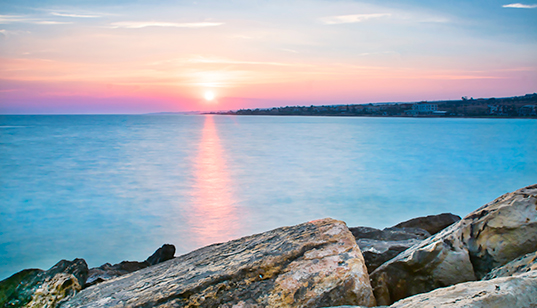
Villages
27 May 2020The beauty of a natural stage
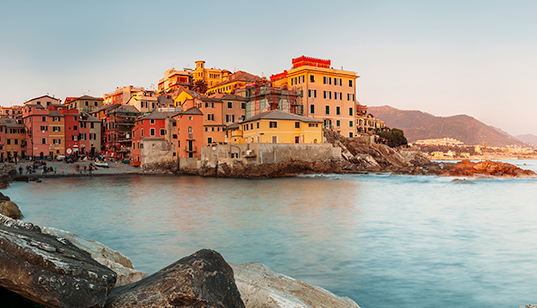
Villages
28 April 2020Boccadasse, a fishing village suspended in time

Villages
15 April 2020Gangi, a land of love and tradition where myth dances in history's embrace
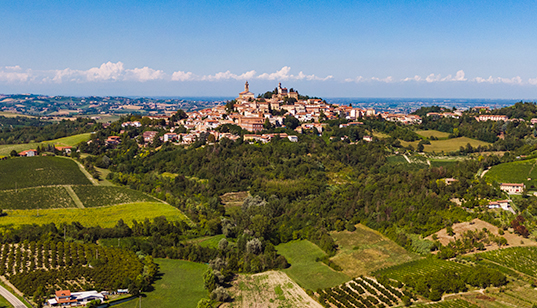
Villages
23 February 2020In the heart of Montferrat, where the wine rests underground

Villages
27 January 2020Sculpture and poetry in the heart of Versilia
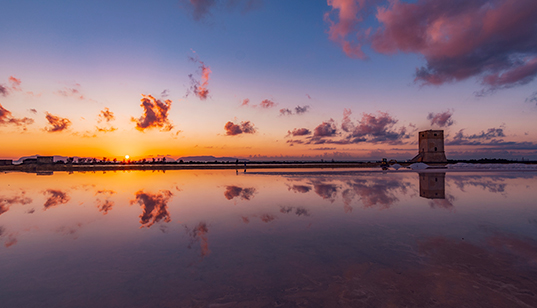
Villages
18 December 2019Crucible of ancient civilizations and cultures
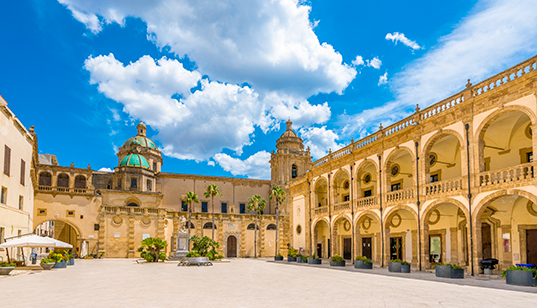
Villages
27 November 2019A melting pot of cultures, a masterpiece of elegance.
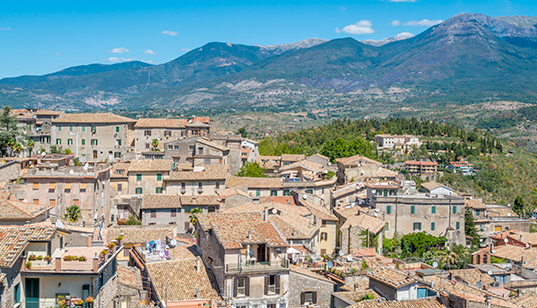
Villages
19 September 2019Strolling amongst archaeological remains and medieval history
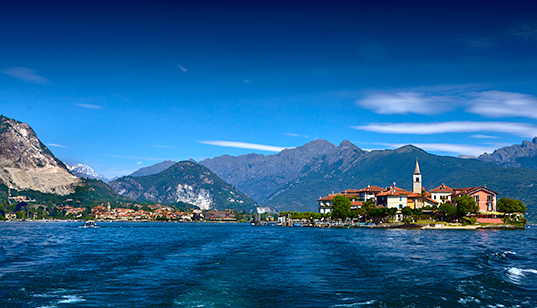
Villages
06 August 2019Betwixt the mountains and the lake, so mild, so vibrant
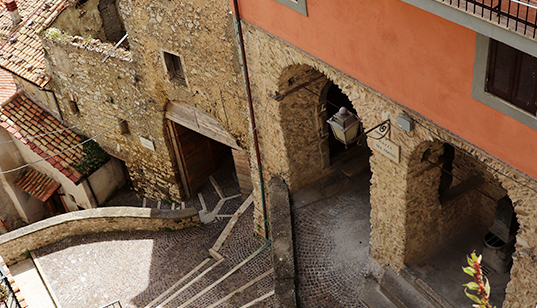
Villages
17 July 2019Through alleyways, passageways and lanes, and then down to the caves

Villages
13 June 2019Lecce, the “lady of the baroque” offers features unique in the world
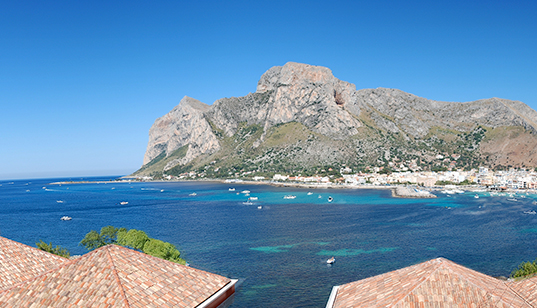
Villages
20 May 2019Where Palermo's ancient fishing tradition is still cherished and celebrated
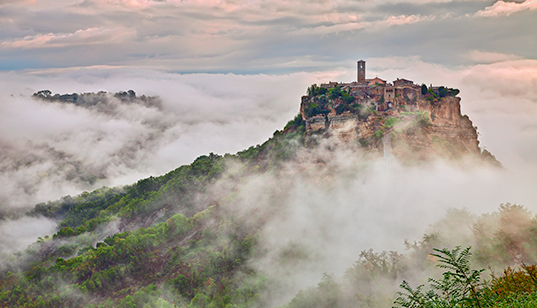
Villages
28 April 2019Sat right at the top of a hill between Lazio and Umbria: a place where time has stood still
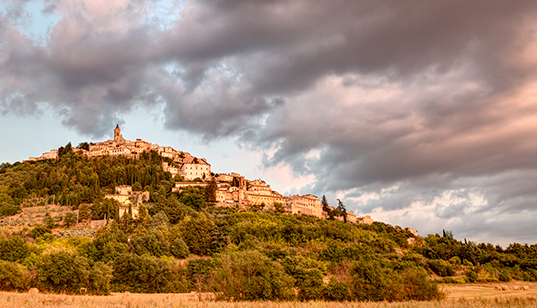
Villages
28 March 2019Nestled among the Umbrian hills, Trevi, a village suspended in the greenery of olive groves.
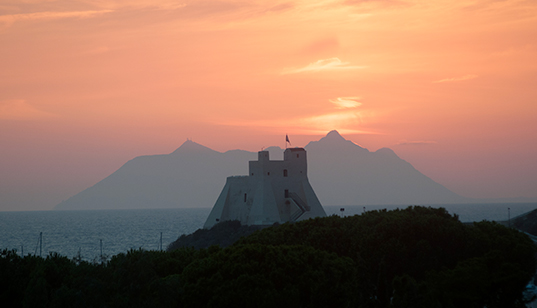
Villages
28 February 2019An enchanting village between the sky and the sea in the province of Latina
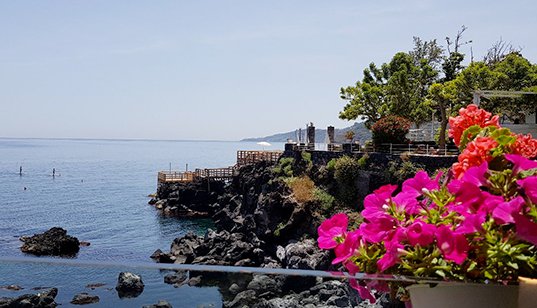
Villages
31 January 2019Santa Tecla, the allure of an unforgettable explosion of color
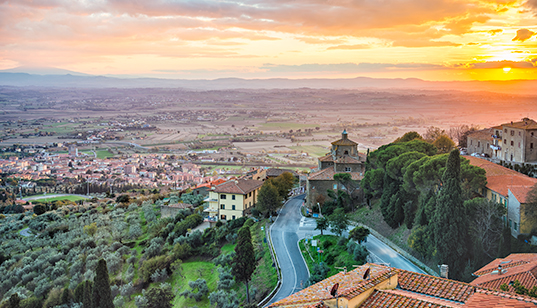
Villages
20 December 2018From a hilltop, the view stretches all the way to the horizon.

Villages
28 November 2018A pearl of the lagoon
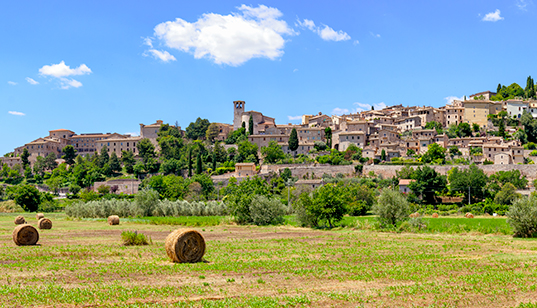
Villages
11 November 2018Spello, a town with a fragrant history
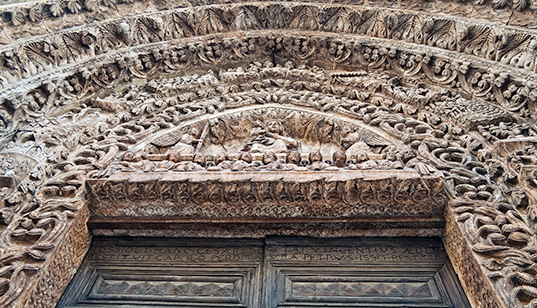
Villages
22 October 2018The charm of the past
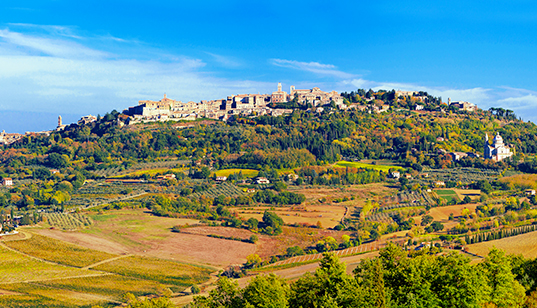
Villages
24 September 2018The scenery and atmosphere of this small town in the province of Siena embody everything that is typical and charming of Tuscany
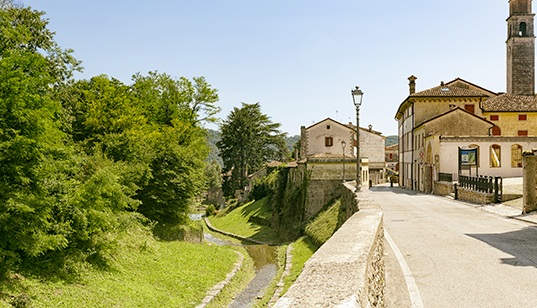
Villages
02 September 2018Set against the backdrop of the Treviso Prealps, it offers beautiful meandering streets, alleyways and entrances and stunning views.
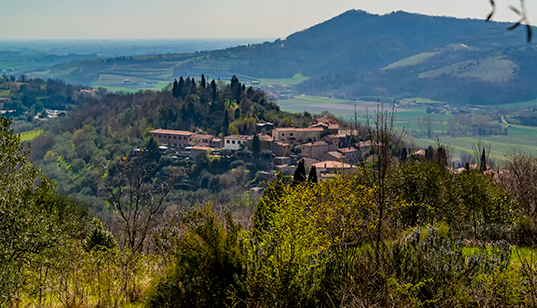
Villages
08 August 2018Set on a gently sloping hillside, one of Italy's most beautiful villages and the beloved home of the fourteenth-century poet.

Villages
26 July 2018The walled town on the River Oglio: a medieval gem studded with ancient buildings, walls and mills

Villages
12 April 2018Craters, thermal springs and crystal clear waters dotted among the coves of a vibrant island
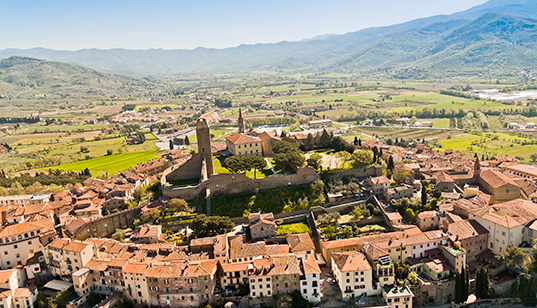
Villages
11 April 2018An astonishing historical, artistic and environmental treasure of Etruscan origin, right in the heart of Tuscany
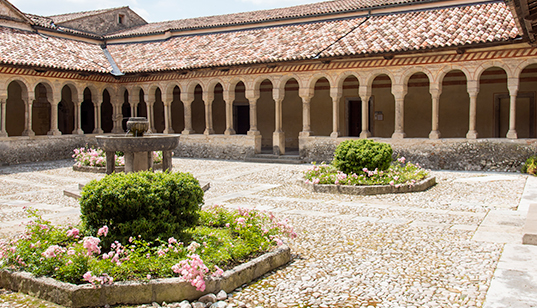
Villages
11 April 2018A tradition developed by the monks which today is the hallmark of Made in Italy quality
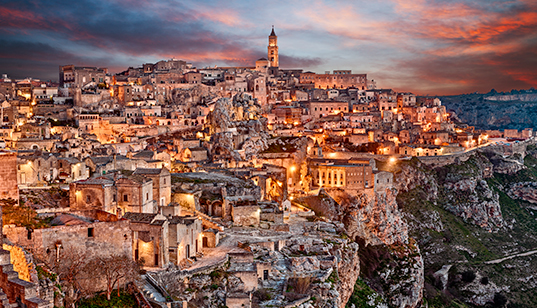
Villages
11 April 2018This designated World Heritage Site stupefies and charms with its unique urban architecture